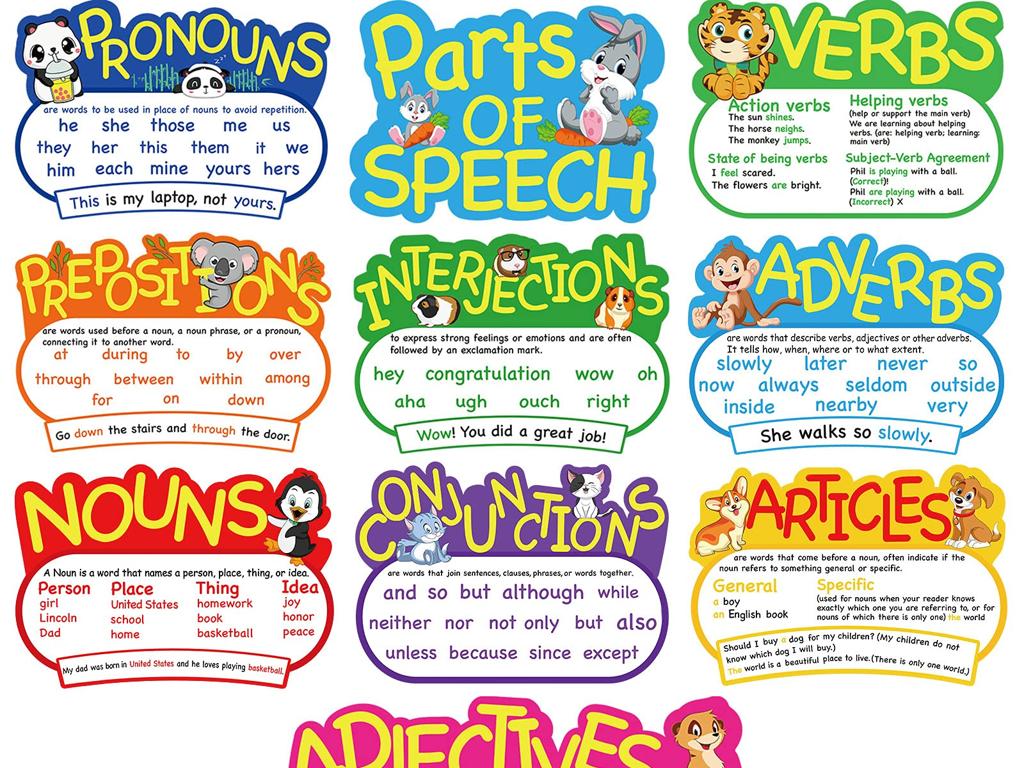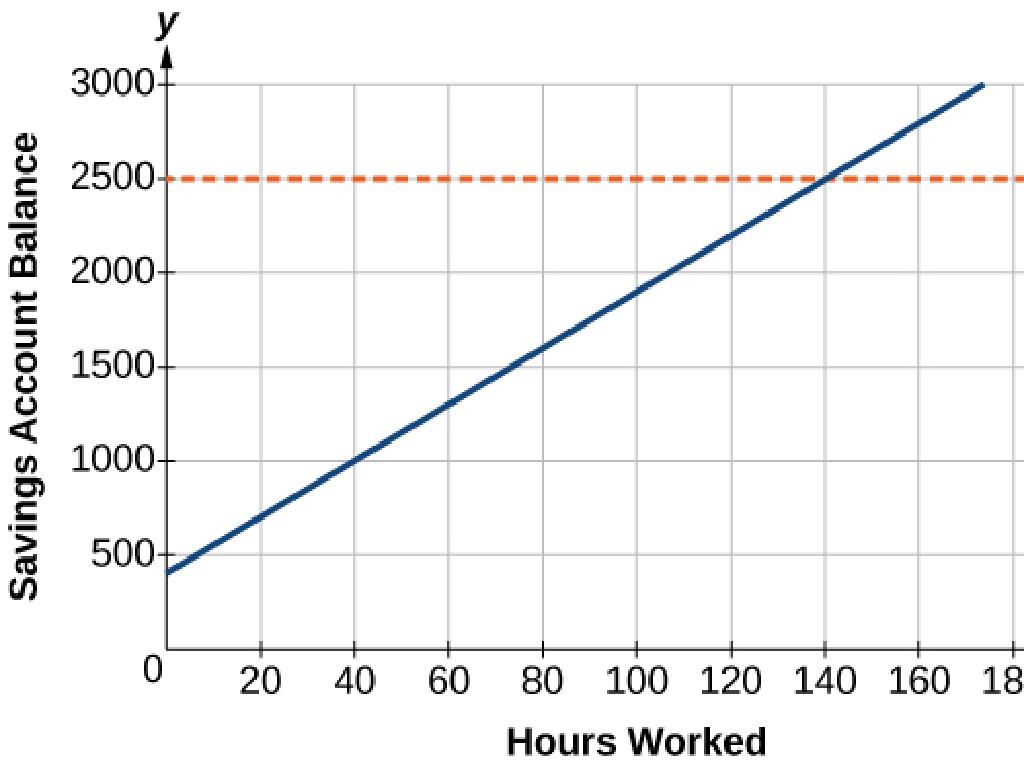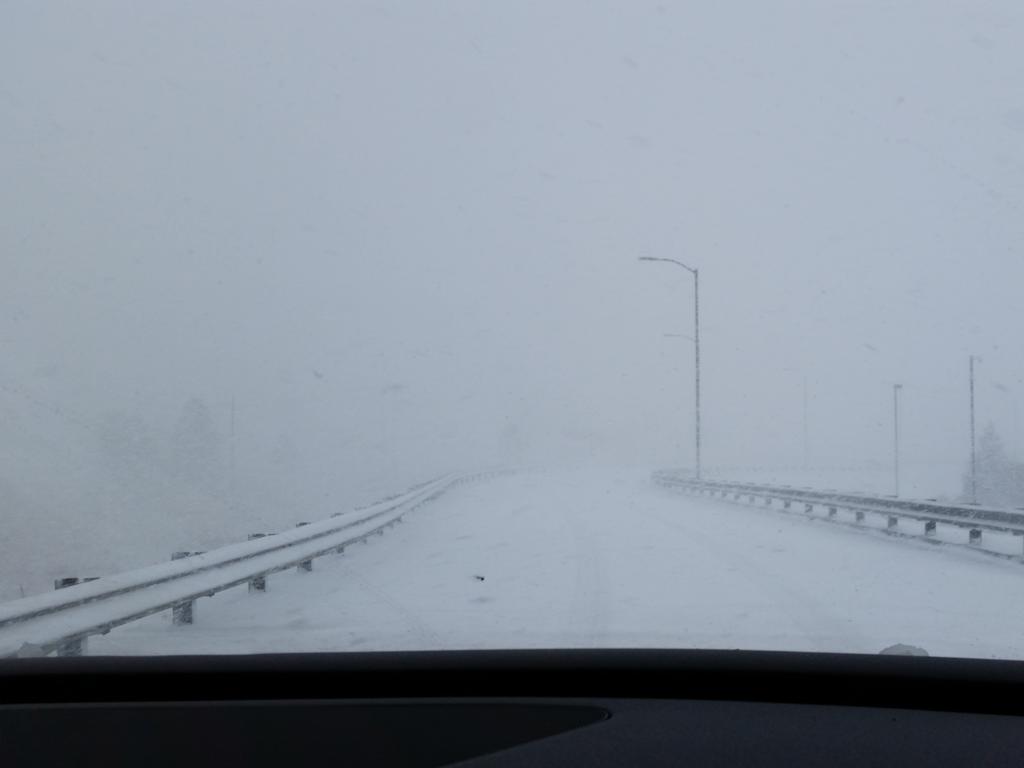Use Climate Data To Make Predictions
Subject: Science
Grade: Fifth grade
Topic: Weather And Climate
Please LOG IN to download the presentation. Access is available to registered users only.
View More Content
Welcome to Weather and Climate!
– Explore our world’s weather
– Define what climate is
– Climate is the average weather in a place over many years.
– Compare weather and climate
– Weather is day-to-day, climate is long-term patterns.
– Predictions using climate data
– Use past climate data to guess future weather trends.
|
This slide introduces students to the concepts of weather and climate, setting the stage for understanding how they are related yet different. Begin by discussing the daily weather patterns students experience. Then, define climate as the average of these weather patterns over a long period. Highlight the difference between weather and climate by comparing their day-to-day variability versus long-term predictability. Finally, explain how scientists use historical climate data to make predictions about future weather conditions, emphasizing the importance of this practice in agriculture, urban planning, and disaster preparedness. Engage the students by asking them to think of examples of weather and climate from their own experiences.
Understanding Weather
– Weather: day-to-day atmosphere
– Elements: temp, humidity, more
– Temperature affects comfort, humidity relates to moisture, precipitation is rain/snow, wind influences outdoor activities, and visibility is crucial for safety.
– Weather’s impact on daily life
– Clothing choices, outdoor plans, and mood can all be influenced by the weather.
– Observing weather patterns
|
This slide introduces the concept of weather and its various elements to the students. Begin by explaining that weather is what we experience outside on any given day and can change frequently. Discuss the elements of weather such as temperature, humidity, precipitation, wind, and visibility, and how each element can affect conditions outside. Engage the students by asking how the weather today has affected what they wore to school or their activities. This will help them understand the practical implications of weather in their daily lives. Encourage them to observe the weather over a week and note changes, preparing them for future lessons on using climate data to make predictions.
Understanding Climate
– Climate vs. Weather
– Climate is long-term, weather is day-to-day
– Climate types worldwide
– Tropical, arid, temperate, polar, etc.
– Exploring climate zones
– Zones like tropical or polar affect weather patterns
– Climate’s role in predictions
|
This slide introduces the concept of climate and how it differs from daily weather patterns. It’s important to emphasize that climate is the average of weather over a long period, typically 30 years or more, and includes factors such as temperature, humidity, and rainfall. Discuss the various climate types found around the world and how these are categorized into zones. Explain that these zones help scientists make predictions about weather patterns and environmental conditions. Encourage students to think about the climate zone they live in and how it might differ from other zones around the world. This understanding is crucial for later discussions on how climate data can be used to make predictions.
Gathering Climate Data
– How weather data is collected
– Scientists use tools like thermometers for temperature, barometers for pressure.
– Instruments for weather measurement
– Rain gauges measure rainfall, anemometers gauge wind speed, hygrometers for humidity.
– Recording climate observations
– Interpreting data for predictions
– Data helps predict weather patterns, like if it will rain or be sunny tomorrow.
|
This slide introduces students to the methods and tools scientists use to gather and analyze climate data. Emphasize the importance of accurate data collection in making weather predictions. Discuss various instruments like thermometers, barometers, rain gauges, anemometers, and hygrometers, explaining how each contributes to a comprehensive understanding of weather patterns. Encourage students to think about how daily weather data can be recorded and used to make predictions about future weather conditions. This will help them appreciate the science behind weather forecasts they see on the news or in apps. Consider a class activity where students can record and try to interpret simple weather data themselves.
Patterns in Climate Data
– Spot patterns in temperature
– Look for trends over days and months
– Seasonal changes impact
– How do seasons affect temperature and rain?
– Climate patterns across regions
– Compare climates: desert vs. rainforest
– Predicting weather from data
|
This slide aims to teach students how to observe and interpret patterns in climate data, such as temperature and precipitation, to make predictions. Start by explaining how to identify trends in temperature over time, using graphs or charts. Discuss the impact of seasonal changes on weather patterns, and provide examples of how different seasons can affect local climate. Show climate patterns from various regions, like the consistent heat in deserts versus the high rainfall in rainforests. Finally, guide students on how to use this data to predict future weather conditions. Encourage them to think about how these patterns affect their daily lives and the environment.
Predicting Weather with Climate Data
– Using climate data for predictions
– Analyze past weather patterns to guess future conditions.
– Deciphering weather forecasts
– Forecasts give us a probable weather outlook.
– Meteorologists: Weather experts
– Scientists who study weather and make forecasts.
– How predictions affect us
– Weather predictions help us plan our daily activities.
|
This slide introduces students to the concept of using historical climate data to make educated guesses about future weather conditions. It’s important to explain that weather forecasts are not always perfect but provide a likely scenario based on data. Meteorologists play a crucial role in analyzing this data and informing the public. Discuss how their work impacts everyday decisions, such as what to wear or whether to carry an umbrella. Encourage students to think about times when weather predictions have influenced their choices. This will help them understand the practical applications of weather forecasting in daily life.
Understanding Climate Change
– Define climate change
– Climate change is a long-term shift in weather patterns.
– Climate change impacts on weather
– More extreme weather like hurricanes and droughts can occur.
– Predicting climate change
– Scientists use data to forecast future climate conditions.
– Preparing for climate impacts
– Knowing predictions helps us plan for natural disasters.
|
This slide introduces the concept of climate change and its significance in the context of weather patterns. Begin by defining climate change as a long-term alteration in average weather conditions, which can include changes in temperature, precipitation, and wind patterns. Discuss how these changes can lead to more frequent and severe weather events, such as hurricanes, droughts, and floods. Emphasize the role of scientists in analyzing climate data to make predictions about future climate scenarios. Highlight the importance of these predictions in helping communities and governments prepare for and mitigate the effects of climate-related natural disasters. Encourage students to think about ways they can contribute to climate change preparedness in their own lives.
Class Activity: Build Your Mini Weather Station
– Construct a mini weather station
– Record daily weather for a week
– Analyze the weather data
– Look for patterns like temperature changes
– Predict next week’s weather
– Use patterns to guess next week’s weather
|
This class activity is designed to engage students with hands-on experience in collecting and analyzing weather data. Students will work together to create a simple weather station using classroom materials. Over the course of a week, they will take turns recording data such as temperature, rainfall, and wind speed. At the end of the week, students will use the data to look for patterns and make predictions about the weather for the following week. Possible activities include creating rain gauges, wind vanes, and thermometers. Encourage students to compare their predictions with actual weather to understand the challenges meteorologists face.






